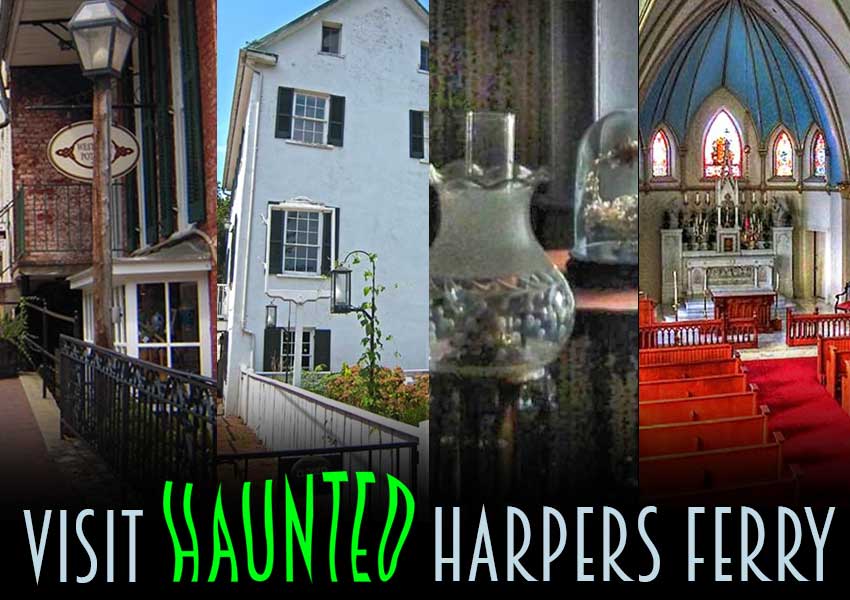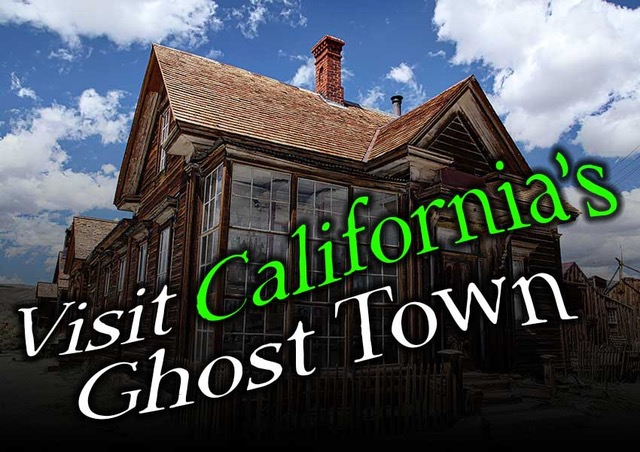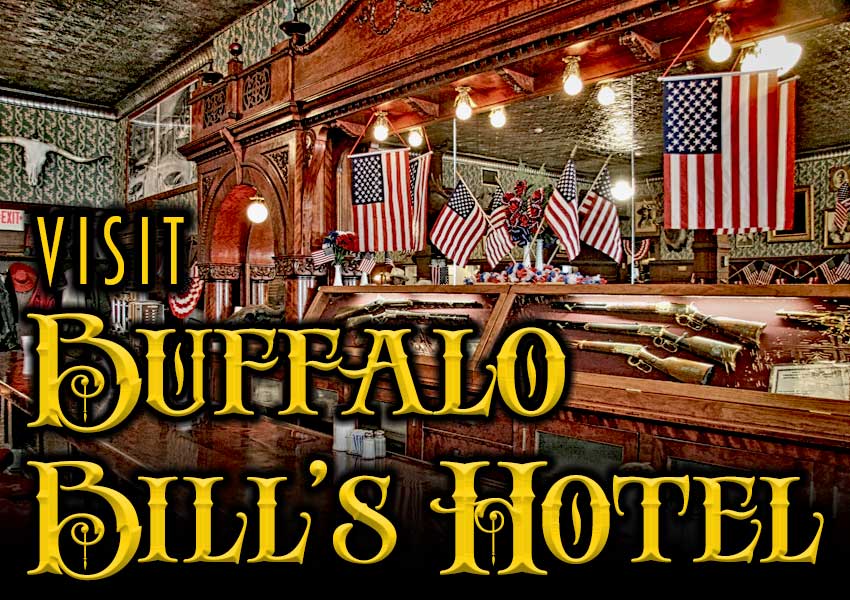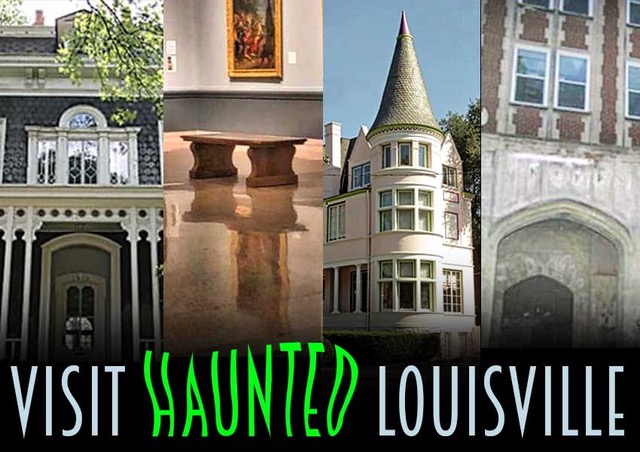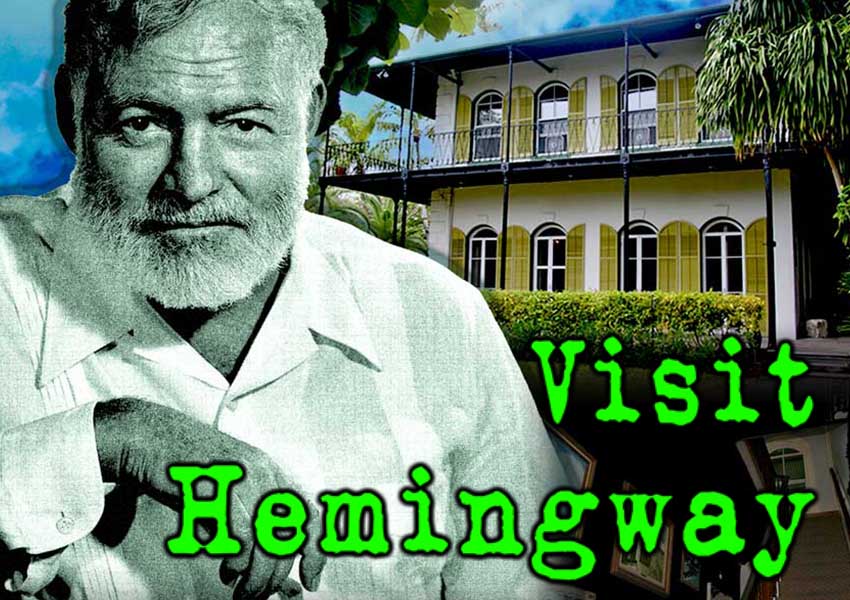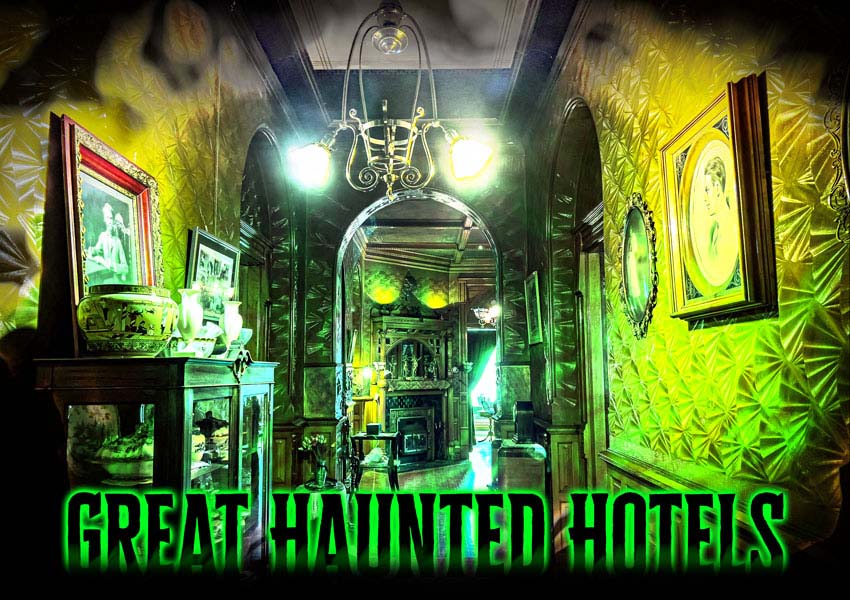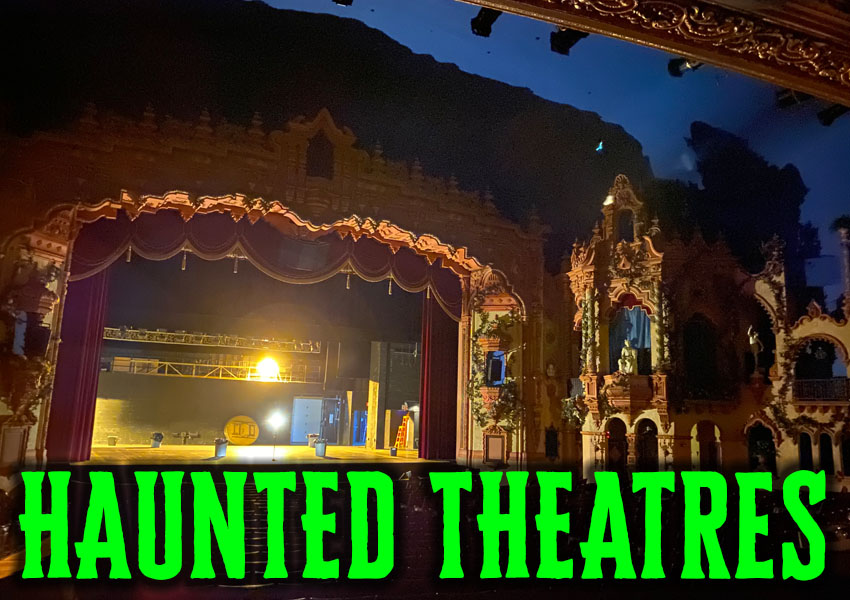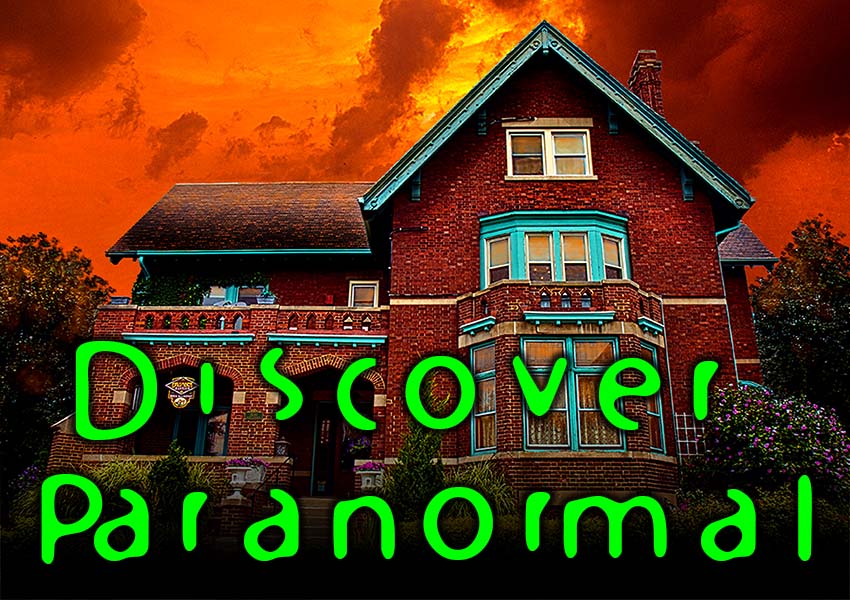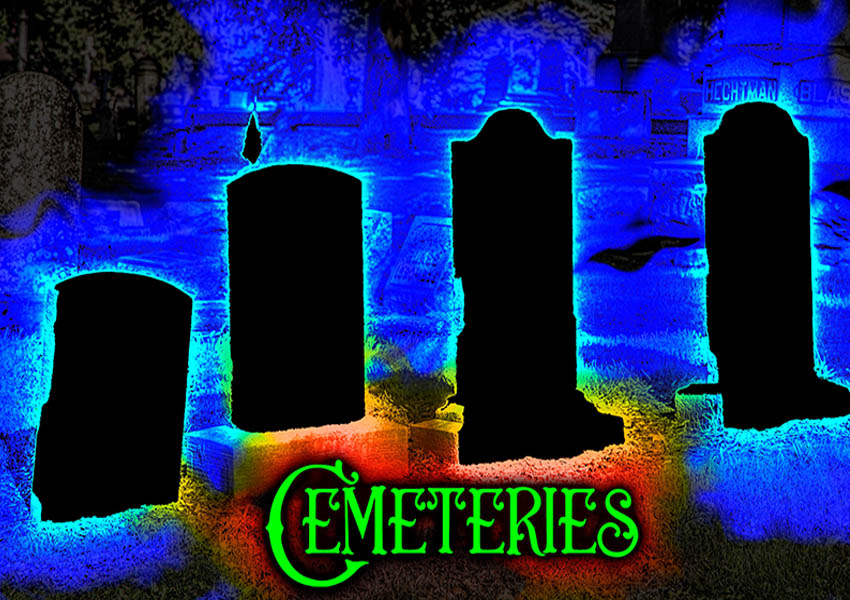Yorktown Virginia
Moore House
Spirit manifestations started after the National Park Service’s restoration efforts.
A battle erupted here, killing not only a farmer but a town lookie-lou.
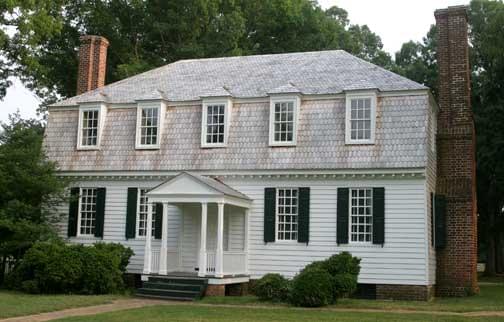
DESCRIPTION
The Moore House Museum is a two story, 1730 Colonial style home, which is operated as a house museum. The Moore House Museum does a good job showing what life was like in the 18th century. Replica era furniture of the time can be found on display in the rooms. Stepping through the front door, is like stepping into the 18th century. A tour guide, dressed in 18th century attire will guide you through the museum.
It was sturdily made in the first place, and must have been well taken care of over the years, even surviving a shell exploding in its living room during the Civil War battle which took place here. When the smoke cleared, the home was still upright! Even more amazing, when abandoned for 15 years or so, it was in good enough shape to be renovated.
HISTORY
The land where the Moore House now sits became part of a land grant in the 1630s, “patented” by Governor John Harvey, and was named “York Plantation.” A hundred years later, in 1730, a family home was built by Lawrence Smith II who owned this 500 acre plantation which he called “Temple Farm.” In 1754, this farm was inherited by Lawrence Smith’s son, Robert, who was the third generation of Smiths to work this farm. Unfortunately, Robert ran into financial difficulty in 1760, and was forced to sell the family’s 500 acre estate to his brother-in-law, Augustine Moore, a man who was a successful merchant. He moved his wife and only son into this plantation home to be a gentleman farmer, which was popular thing to do in Virginia as well as other places in the South.
It was a beautiful location, far enough out of Yorktown, yet within riding/walking distance. It seemed like a great idea at the time. He didn’t know that this property would be involved in two wars, one which would affect his family personally, The Revolutionary War came to Yorktown, but this home wasn’t near the major fighting. While the farm wasn’t in any of the direct battles, Augustine Moore’s twenty year old son, Augustine Moore Jr. was fatally shot while working the fields.
While he lost his only son, Augustine Moore did have the honor of having the British sign the surrender conditions at his home, a momentous occasion which later saved this home from the ravages of decay 100 years in the future. During the Revolutionary War, The Moore House and farm was the spot picked by British Commander Cornwallis to sign The Articles of Capitulation to end the Revolutionary War on October 19th, 1781.
After the death of both Augustine and his wife Lucy in 1797, this home and farm passed into the hands of Hugh Nelson. Throughout the first half of the 19th century this home and property passed through the hands of many owners. The Smith family lived here from 1830 – 1860. When the war broke out, the Smith family moved to a safer location.
During the 1862 Peninsula Campaign of the Civil War, the Moore House wasn’t so lucky. It was situated between the Union forces on Wormley Creek, and the Confederate front lines located in Yorktown, which would be any homeowner’s nightmare! While no one in the family who lived here were silly enough to stick around, the house suffered considerable damage from flying shell fire, a little off their mark. To add insult to injury foraging soldiers in search of firewood helped themselves to the wood siding and other usable wood which would be easy to carry away.
After the end of the Civil War, the now woe-be-gone Moore House sat abandoned, being unlivable. However, in 1881, in preparation for the 100 year anniversary celebration of end of the Revolutionary War, this house was repaired and renovated so that visiting dignitaries could actually sleep in the place where the British signed “The Articles of Capitulation.”
The National Park Service, during the time between 1931 and 1934, restored the Moore House to its original colonial appearance, after first establishing the Colonial National Monument. Archeology and historic images were important tools used by the National Park service to authentically undertake such a restoration project, the first one they had ever attempted. The newly restored Moore House was dedicated as a museum on October 18-19, 1934, which was the 153rd anniversary of the surrender of Cornwallis and his British army at this very site.
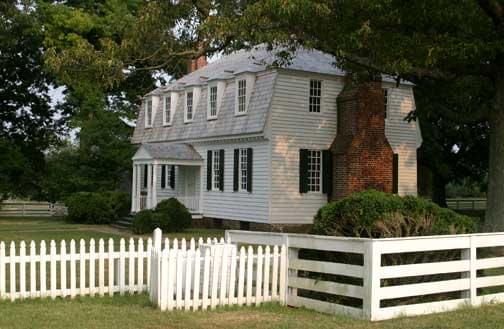
HISTORY OF MANIFESTATIONS
Augustine Moore Jr. was shot by a stray bullet when he was working the family fields during the Revolutionary War.
A local merchant John Turner, who lived in Yorktown though it was safe to watch the shelling of the British Army in Yorktown just days before they surrendered. He probably knew it was dangerous, but that he would be careful and it wouldn’t happen to him. Right! He was wounded as a result of the shelling and died in his wife’s arms, as his wife helplessly watched. There was nothing she could do to save him.
John Turner’s remains are buried in the Moore House family graveyard which is near the Moore House. The dates on the graves are from 1730 – 1800s, the final resting place of the families who lived here.
MANIFESTATIONS
The manifestations of the entities started making their appearance after the Park Service fully restored the home to its 18th century decor and style, which may mean the entities who reside here were alive in the 18th century.
The entity of Augustine Moore Jr.
Sheets on the bed in the master bedroom have been found with indentations as if someone had been sleeping in this bed.
Tour guides showing groups around the home felt that an unseen, friendly presence was overseeing their tour, like a good host would do.
Psychics who came to investigate the home, sense the presence of Augustine Moore Jr.
Other entities may keep the spirit of Augustine company!
Two candidates would be the entities of John Turner and his grief-stricken wife.
Sheets on the other beds in the bedrooms on the second floor also look like others had slept in them.
In the parlor, there was a depression in a red velvet chair, like someone was sitting there, enjoying the atmosphere and decor.
STILL HAUNTED?
Yes.
To make up for dying so young, the entity of Augustine Moore Junior is residing in his family’s home, with perhaps John Turner and his wife keeping him company. John Turner wasn’t expecting to die and his wife was traumatized by his death. Chances are they are both buried in the Moore House graveyard, which is an easy walk to the house itself.
LOCATION
Yorktown Battlefield
Yorktown, Virginia 23690
(757) 898-3400
The Moore House Museum can be found on the Yorktown Battlefield, on Moore Lane and Hamilton Road, about 1.5 miles from the Yorktown Visitors Center, on route 238. There is a small park entrance fee, payable at the Visitors Center.
SOURCES INCLUDE
- nps.gov
- kimshockey.com
- planetware.com
- HAUNTED HOLIDAYS
Edited by Laura Foreman
Discovery Communications, Inc.
1999 - HAUNTED PLACES: The National Directory
by Dennis William Hauk
Penguin group
2002
Our Haunted Paranormal Stories are Written by Julie Carr

